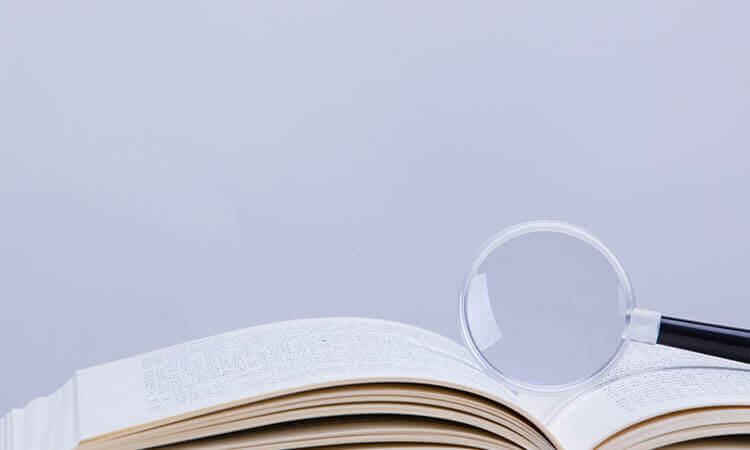The difference between rigid waterproof and flexible waterproof.
date: 2020-09-23 17:15:31Source: Views: 4142
The difference between rigid waterproof and flexible waterproof.
1. The “rigid” dictionary is interpreted as: “hard and hard to change”
1) The so-called rigidity is like a big tree in the wind. It is strong, but if it exceeds its strength, it will break (crack). It can also be understood as a relatively crisp biscuit, hard and non-elastic.
Rigid waterproofing means that the protective layer formed by the waterproof product is rigid, and the physical shape and size are always kept unchanged. Rigid waterproofing relies on the compactness of the structure itself to achieve the purpose of building waterproofing. Rigid waterproofing in the coating industry uses rigid materials such as cement and sand as raw materials, which are hard and not easy to deform.
2) Features:
Rigid, waterproof, hard and non-deformable, durable and moisture-proof.
Rigid waterproof products are suitable for moisture-proof walls, with high compressive strength, tensile strength and resistance to penetration, and long service life.
What is flexible waterproofing?
2. The “flexible” dictionary explains: “soft and easily deformable”
1) The so-called flexibility is like a pampas grass in the wind. It is resilient and can change itself with the wind. It can also be understood as an elastic rubber band, which is highly elastic and strong.
Flexible waterproof is a two-component functional water-based waterproof coating prepared from highly environmentally friendly modified polymer emulsion, high-quality cement and a variety of functional additives. The waterproof layer formed by coating on the waterproof surface is called flexible waterproof.
2) Features:
① The waterproof membrane formed by the flexible waterproof coating has good extensibility, water resistance and weather resistance, and good waterproof effect.
② The waterproof layer has light weight and can even be used for light roof waterproofing.
③ Convenient construction. It can be constructed not only on the horizontal plane, but also on the facade, yin and yang corners and various complicated surfaces to form a seamless and complete waterproof coating.
④ The waterproof coating on the base layer is not only the main material of the waterproof layer, but also an adhesive with better performance. It can be used for base cracks, construction joints, rainwater buckets and around the penetrating pipes, etc., to paste the carcass reinforcement material, which is convenient for construction and can be used for waterproofing and plugging.
⑤ The flexible coating is used for waterproofing, and the maintenance is more convenient.
⑥ No heating is required during use, which not only reduces environmental pollution, but also facilitates construction operations and improves working conditions.








